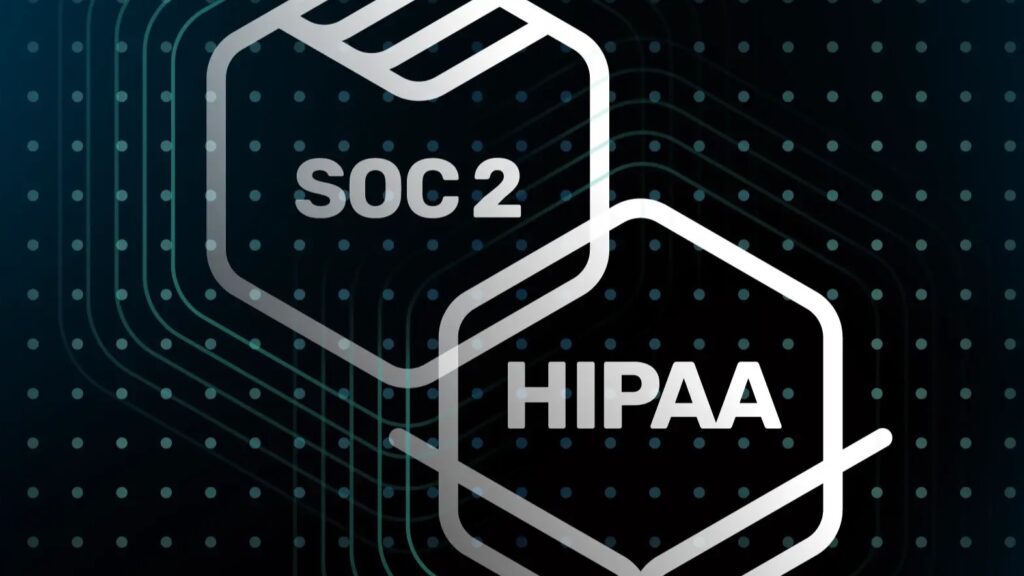compliance changes, specifically GDPR for Microsoft 365 backups, and tips for recovering from SaaS outages.
In today’s cloud-first world, organizations are increasingly reliant on SaaS platforms like Microsoft 365 for their daily operations. While the promise of accessibility and collaboration is undeniable, it also introduces complex challenges, particularly around data protection regulations like GDPR and the ever-present threat of service outages.
Many mistakenly believe that Microsoft’s native redundancy and availability features equate to a comprehensive backup and recovery strategy, especially concerning compliance. This assumption can be a costly one.
The GDPR Imperative: Beyond Microsoft’s Responsibility
The General Data Protection Regulation (GDPR) imposes strict rules on how personal data of EU citizens is collected, processed, and stored.1 For organizations using Microsoft 365, understanding where Microsoft’s responsibility ends and yours begins is critical.
Microsoft provides robust infrastructure security and data center resilience.2 They ensure your data is available and that their platform is secure. However, GDPR places the onus of data controller (the organization using Microsoft 365) with several key responsibilities that go beyond Microsoft’s purview:
- Right to Erasure (Right to Be Forgotten): If an individual requests their data be deleted, you must be able to prove its complete removal from all systems, including backups. Microsoft’s retention policies may not align with immediate deletion requirements, and without a granular backup solution, this is incredibly difficult to manage.
- Right to Rectification: Individuals have the right to have inaccurate personal data corrected.3 If incorrect data has been propagated across your Microsoft 365 environment and then backed up by Microsoft’s default methods, proving rectification in older versions can be problematic.
- Data Portability: Individuals can request a copy of their personal data in a structured, commonly used, and machine-readable format.4 Relying solely on Microsoft 365’s export functions for large, historical datasets can be cumbersome and time-consuming.
- Data Breach Notification: Should a data breach occur, you are responsible for notifying affected individuals and supervisory authorities within 72 hours.5 Your ability to quickly identify what data was breached, who it belonged to, and how to recover to a state before the breach is paramount. Native Microsoft 365 tools often lack the granular visibility and rapid recovery necessary for this.6
- Audit Trails and Proof of Compliance: You must demonstrate compliance through clear policies, procedures, and robust audit trails. A third-party backup solution specifically designed for compliance can provide immutable audit logs of data access, retention, and recovery attempts, offering irrefutable proof of your data governance.
The Solution: A dedicated, GDPR-compliant backup solution for Microsoft 365 offers the granular control, extended retention, and specific recovery capabilities needed to meet these obligations. This includes features like immutable backups, precise point-in-time recovery, and simplified data export.
Recovering from SaaS Outages: Tips for Rapid Restoration
Beyond compliance, the practical reality of SaaS is that outages, though rare, can happen. Whether it’s a Microsoft 365 service interruption, a malicious attack, or an accidental deletion, a well-defined recovery strategy is essential.
Here are tips for swift recovery from specific SaaS outages, focusing on Microsoft 365:
- Understand Shared Responsibility: Always remember the shared responsibility model. While Microsoft ensures the infrastructure is running, your data is your responsibility. This means having your own backups.
- Beyond Microsoft’s Recycle Bin: For accidental deletions in SharePoint, OneDrive, or Exchange Online, Microsoft’s recycle bins offer a short-term safety net.7 However, they have limits (time, purge by users) and don’t protect against mass deletion or corrupted data.8 A third-party backup provides an independent, longer-term archive.
- Ransomware & Malware Attacks: This is where comprehensive, point-in-time backups are non-negotiable.
- Isolate: Disconnect affected users/devices to prevent further spread.
- Identify: Pinpoint the exact time of infection or data corruption.
- Restore: Use your dedicated backup solution to restore affected files, mailboxes, or sites to a clean state before the attack. Crucially, ensure your backup solution uses immutability to prevent ransomware from encrypting your backups themselves.9
- Configuration Drift or Malicious Admin Actions: An authorized user (even an admin) can accidentally or maliciously delete critical data, change permissions, or wipe an entire SharePoint site.
- Auditing: Implement strong logging and auditing within Microsoft 365 and your backup solution to track changes.
- Granular Restore: Your backup solution should allow you to restore individual files, emails, or even specific versions of documents without affecting the entire environment.
- Version Control: Leverage versioning in SharePoint and OneDrive, but augment it with full backups for long-term, comprehensive protection.10
- Third-Party App Integrations Gone Wrong: Sometimes, an integration with a new app can inadvertently corrupt data across your Microsoft 365 environment.
- Rollback Capability: A robust backup solution will allow you to roll back your entire tenant or specific services (like Exchange or SharePoint) to a point before the integration caused issues.
- Test Environment: Always test new integrations in a non-production environment first.
- Geo-Political or Regional Outages: While rare, entire cloud regions can experience disruptions.11
- Off-site Backups: Ensure your backup solution stores data in a geographically separate region, ideally outside of the primary cloud provider’s infrastructure.12
- Data Portability: Having your own backups gives you control and the ability to restore to an alternative environment if needed.
The Intelligent Edge: AI in Backup & Recovery
Modern backup solutions go beyond simple data copies. The integration of AI significantly enhances both compliance and recovery:
- Proactive Ransomware Defense: AI can analyze data access patterns and predict potential ransomware attacks, triggering more frequent backups during suspicious activity.13
- Intelligent Data Governance: AI can automatically identify sensitive data, orphaned files, or potential compliance risks, providing actionable insights for administrators.
- Natural Language Recovery: Imagine telling your backup system, “Restore Sarah’s deleted email from last Tuesday about the Q3 report.” NLUI (Natural Language User Interface) makes complex recovery requests intuitive and lightning-fast.
In conclusion, relying solely on Microsoft 365’s native capabilities for data protection and compliance is a gamble no organization should take. A dedicated, intelligent cloud backup solution is not just an add-on; it’s a fundamental requirement for meeting GDPR obligations, ensuring business continuity, and providing peace of mind in the age of cloud computing. It transforms reactive recovery into proactive protection and effortless restoration.


